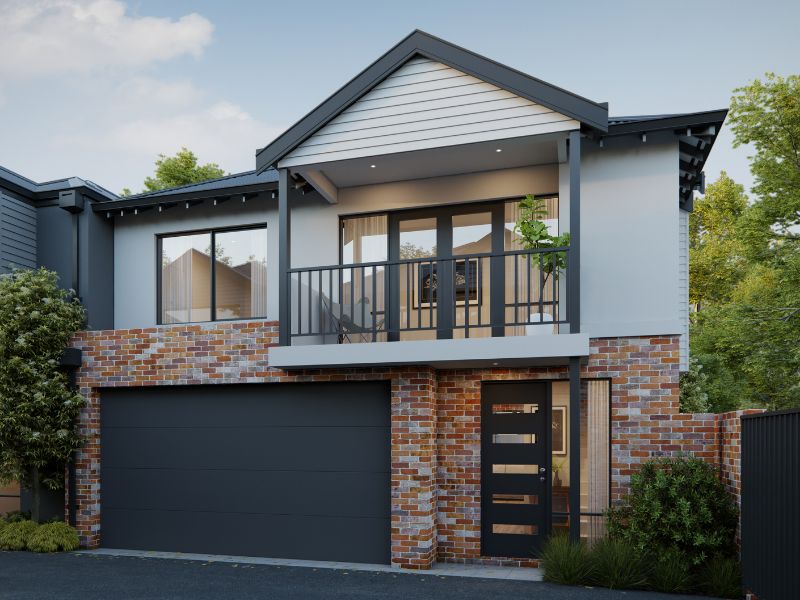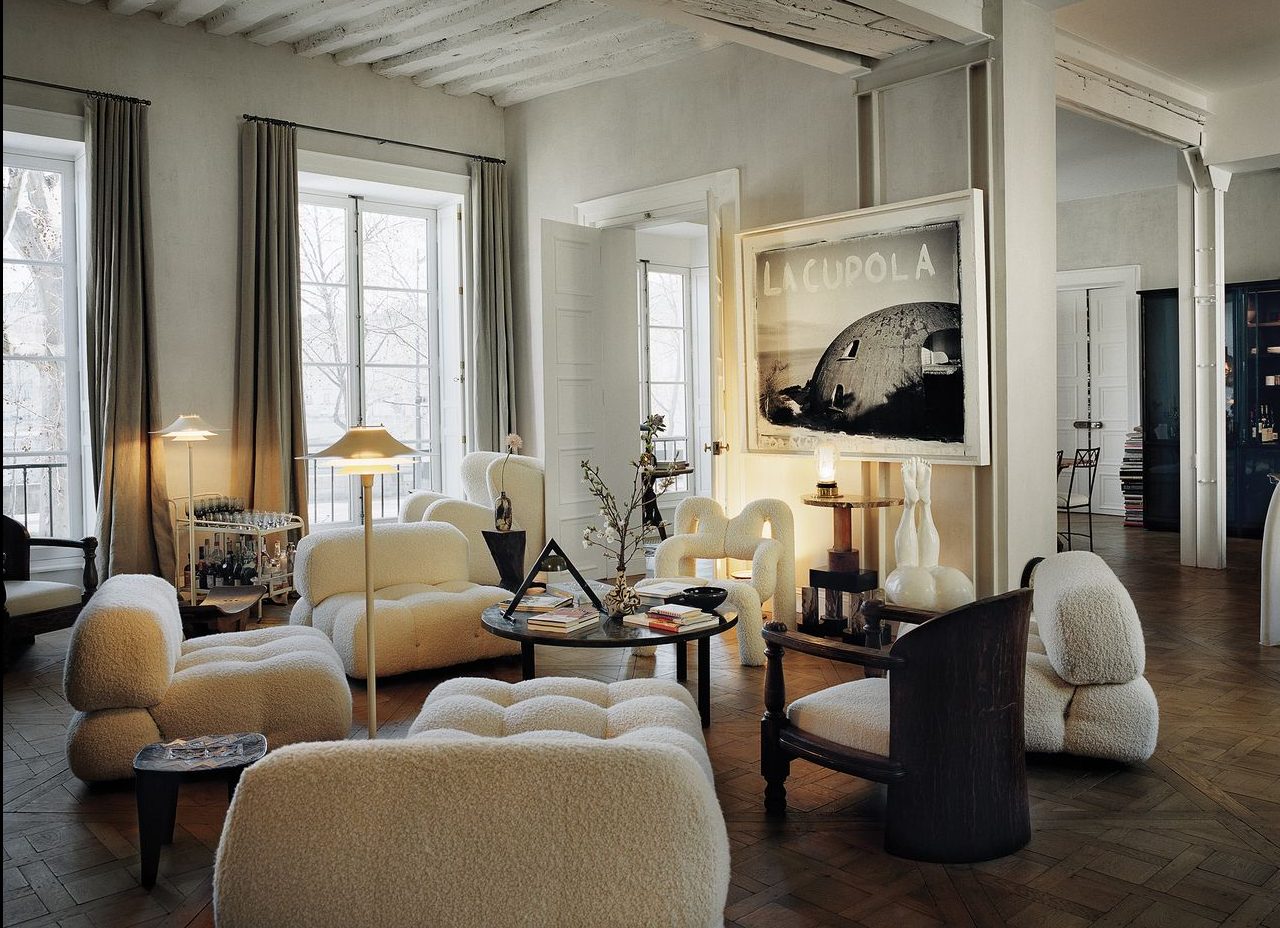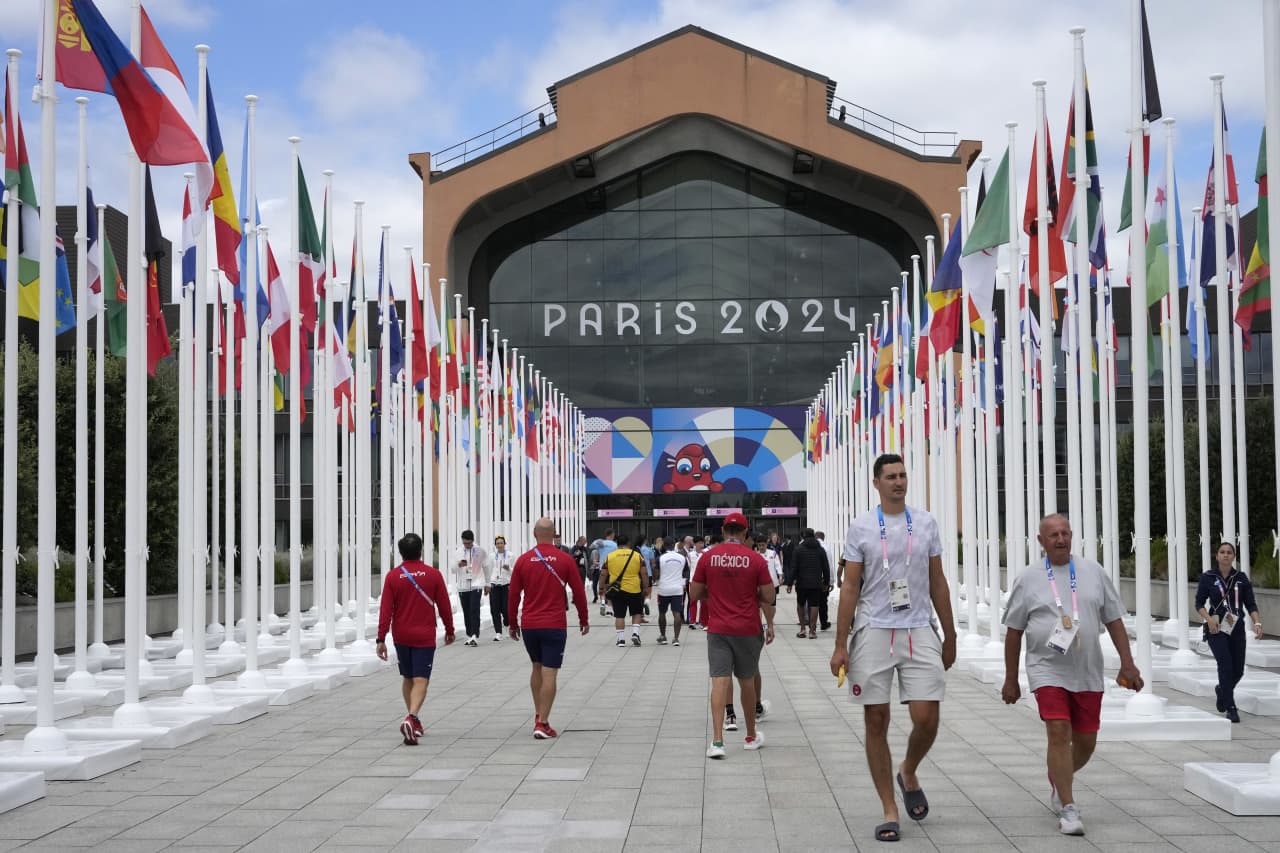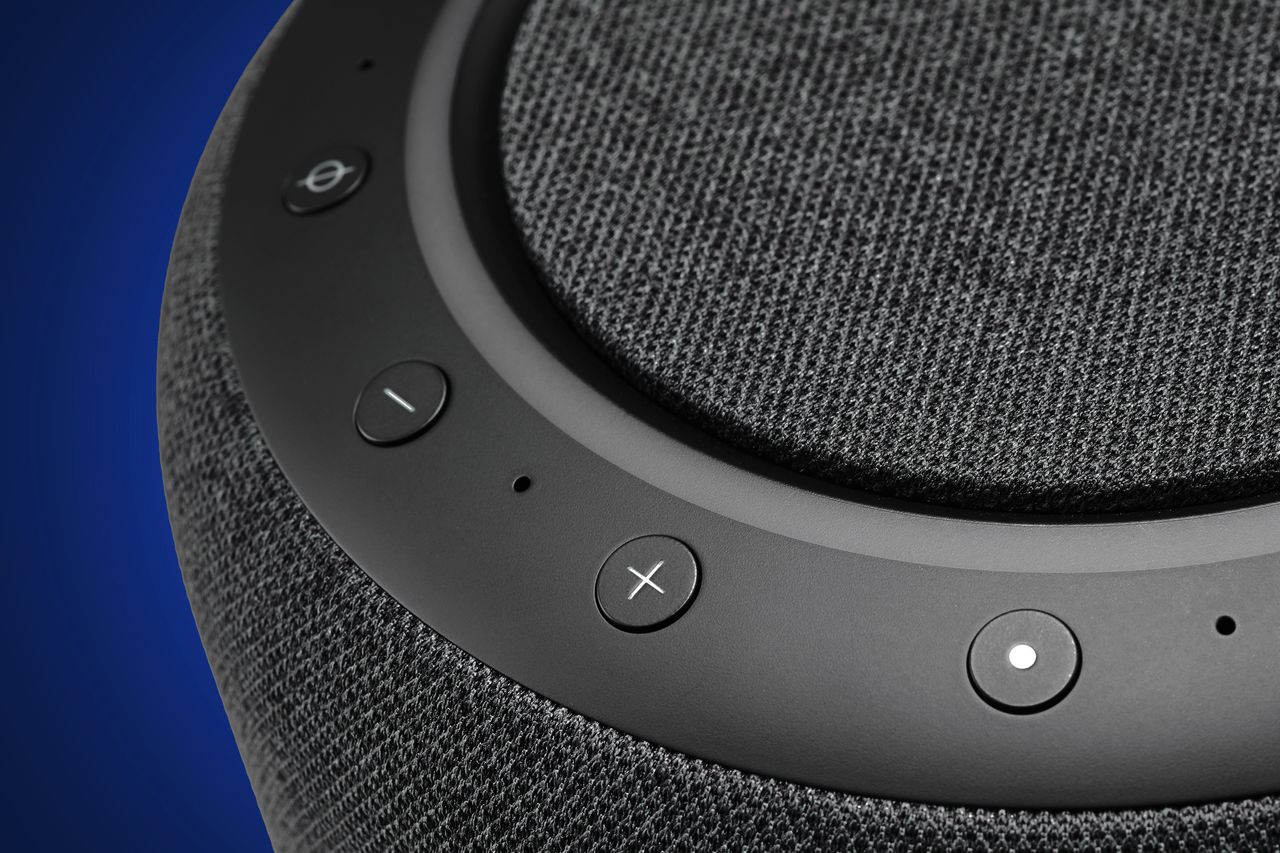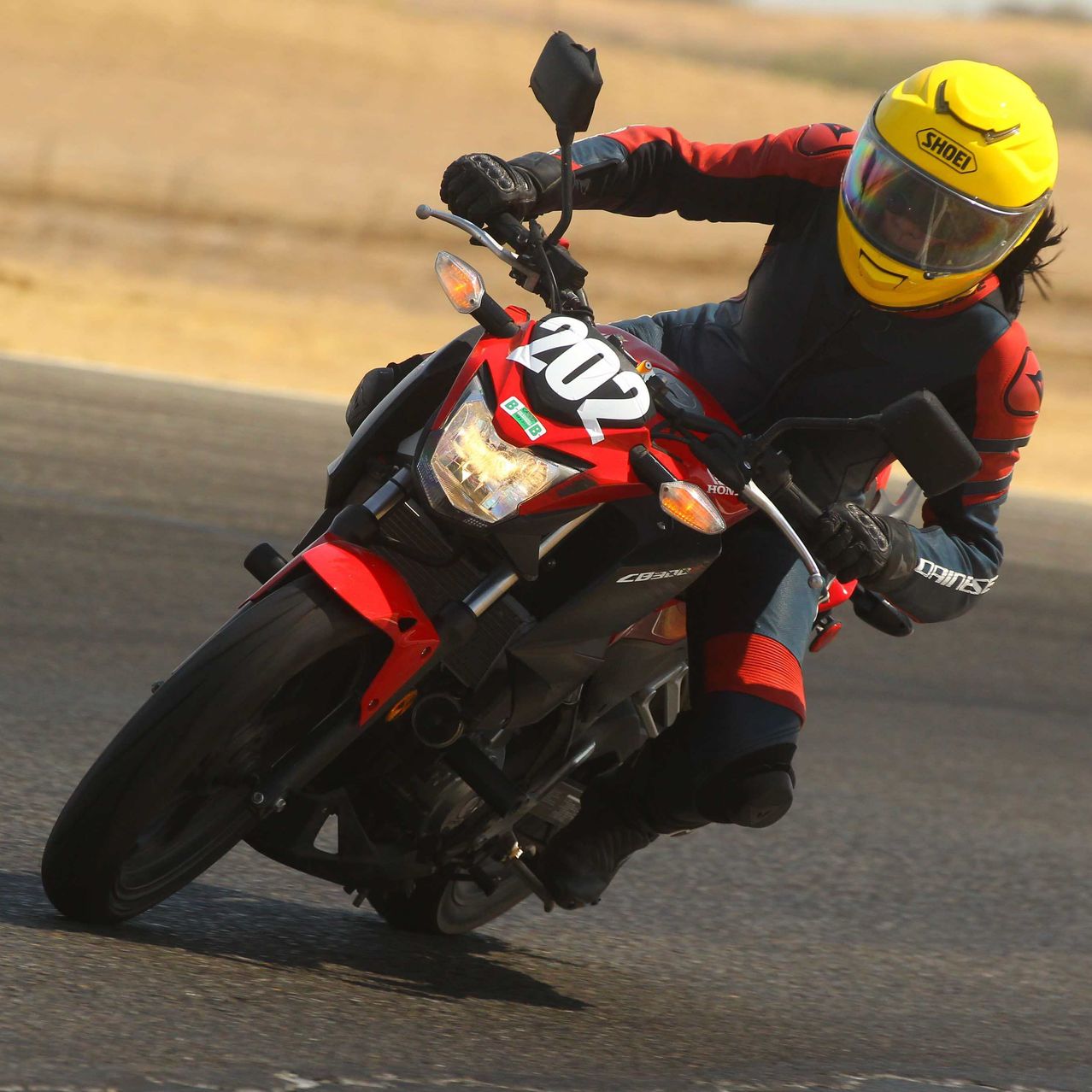Bulgari celebrated its 140th anniversary this week with a trio of Octo Finissimo Sketch limited editions dedicated to the art of trompe l’oeil.
The French art history term translates to “deceive the eye,” a reference to the artist’s ability to fool the viewer into thinking they are looking at something real when it’s simply an artistic illusion.
Bulgari’s Sketch series debuted in 2022 with an Octo Finissimo Automatic and an Octo Finissimo Chronograph GMT featuring “sketched” dials depicting the original hand drawings. This time, Bulgari flips the script with dials bearing illustrations of the interior movements, mirror images of the actual calibers that can be viewed through sapphire crystal case backs.
Limited to 280 pieces in steel (€17,800/about US$19,400) and 70 pieces in 18-karat 5N rose gold (€51,000/about US$55,500), the new Octo Finissimo Automatic Sketch depicts the in-house BVL 138 caliber’s micro-rotor, escapement, bridges, rubies, and intricate finishing details, such as Côtes de Genève and circular graining.
undefined Each monochromatic piece measures 40mm in diameter and 6.4mm thick, in keeping with Octo Finissimo’s ultra-thin theme. The sapphire crystal case back is engraved to commemorate the anniversary.
The third piece is a Chronograph GMT Sketch (€20,800/about US$22,600), featuring a 43mm polished steel case measuring 8.75mm thick. In 2019, the original Octo Finissimo Chronograph GMT broke an ultra-thin record with a 3.33mm-thick caliber incorporating a 30-minute chronograph and central second in addition to a second time zone at 3 o’clock.
Limited to just 140 pieces, this edition’s dial features a sketch that blends dial and movement elements. The Tri-Compax chronograph dial display (GMT at 3 o’clock, 30-minute counter at 6 o’clock, small seconds at 9 o’clock) is combined with a balance between 4 and 5 o’clock, the chronograph column wheel at 8 o’clock, and finishing details on the bridges and gears.
Those who follow the Instagram account of Fabrizio Buonamassa Stigliani, Bulgari’s product creation executive director, will instantly recognise the stylistic signature of his fast-motion freehand sketching videos. Before joining Bulgari as a designer in 2001, he designed cars for the Fiat and Alfa Romeo brands at Centro Stile Fiat, where he honed his precise yet spontaneous fast-sketching technique using a pen or marker on paper.
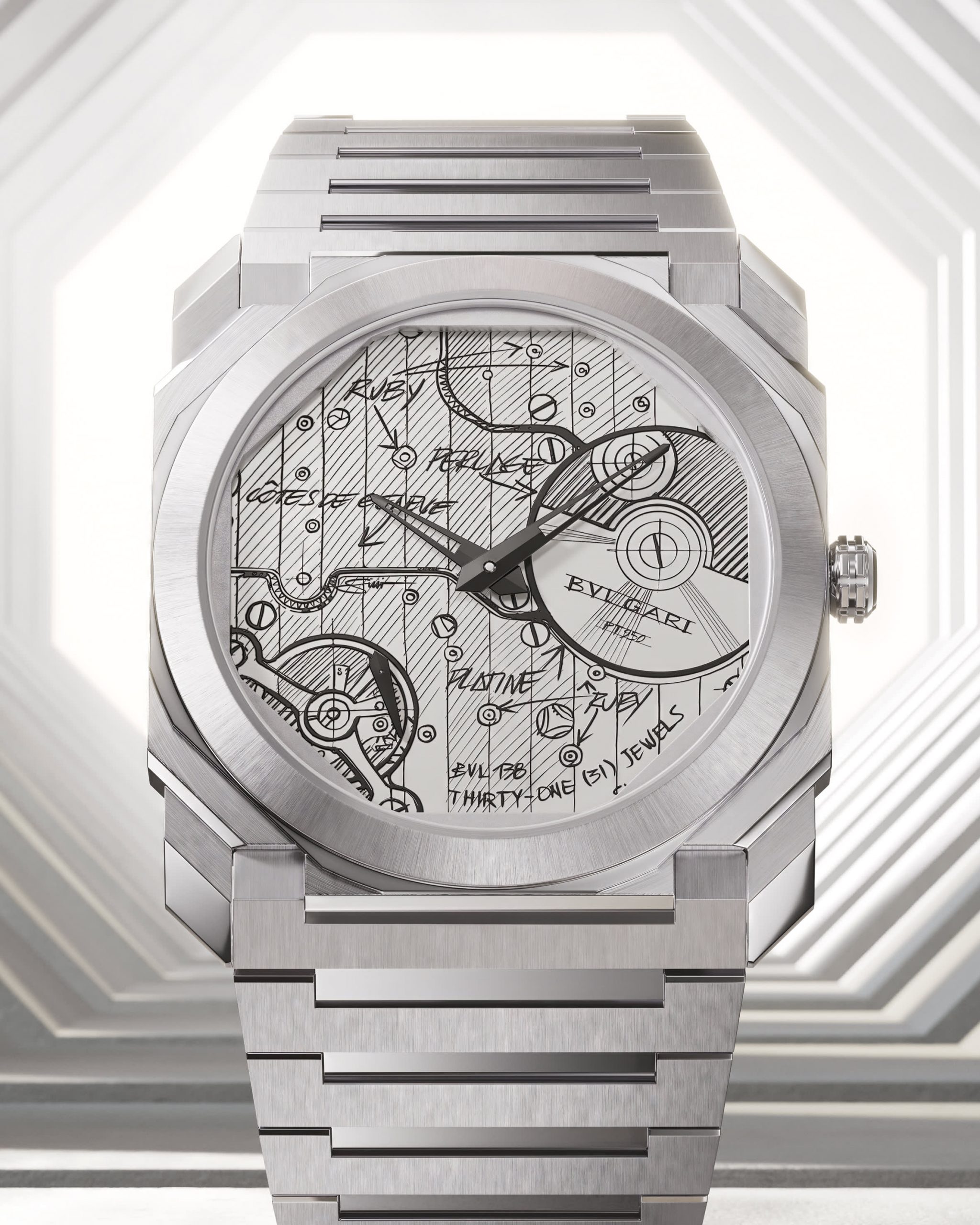
Bulgari
In 2014, he re-envisioned Gérald Genta’s Octo design with the goal of creating the world’s thinnest mechanical watch. The resulting Octo Finissimo line went on to set nine ultra-thin records, including a number of complications, such as the world’s slimmest tourbillon, minute repeater, automatic chronograph, and perpetual calendar. In 2022 it went to extremes with the futuristic Ultra, measuring just 1.80mm thick. (Ultra was ultimately bested in 2022 by Richard Mille’s UP-01 Ferrari at 1.75mm thick.)
Such accomplishments represented daunting technical feats that brought Buonamassa Stigliani’s sketches into reality. When Bulgari acquired the Gérald Genta and Daniel Roth brands in 2000, it also secured the technical know-how to create such record-breaking ultra-thin watches. (LVMH acquired Bulgari in 2011 and has relaunched the Genta and Roth brands separately.)
Bulgari’s Sketch series pays homage to the importance of hand-drawn renderings in art history. Since the Renaissance, Italian artists kept their schizzi (sketches) for their students and their archives as references to use in the quest to improve upon an original design.
 Copyright 2020, Dow Jones & Company, Inc. All Rights Reserved Worldwide. LEARN MORE
Copyright 2020, Dow Jones & Company, Inc. All Rights Reserved Worldwide. LEARN MORE
What a quarter-million dollars gets you in the western capital.
Alexandre de Betak and his wife are focusing on their most personal project yet.
As Paris makes its final preparations for the Olympic games, its residents are busy with their own—packing their suitcases, confirming their reservations, and getting out of town.
Worried about the hordes of crowds and overall chaos the Olympics could bring, Parisians are fleeing the city in droves and inundating resort cities around the country. Hotels and holiday rentals in some of France’s most popular vacation destinations—from the French Riviera in the south to the beaches of Normandy in the north—say they are expecting massive crowds this year in advance of the Olympics. The games will run from July 26-Aug. 1.
“It’s already a major holiday season for us, and beyond that, we have the Olympics,” says Stéphane Personeni, general manager of the Lily of the Valley hotel in Saint Tropez. “People began booking early this year.”
Personeni’s hotel typically has no issues filling its rooms each summer—by May of each year, the luxury hotel typically finds itself completely booked out for the months of July and August. But this year, the 53-room hotel began filling up for summer reservations in February.
“We told our regular guests that everything—hotels, apartments, villas—are going to be hard to find this summer,” Personeni says. His neighbours around Saint Tropez say they’re similarly booked up.
As of March, the online marketplace Gens de Confiance (“Trusted People”), saw a 50% increase in reservations from Parisians seeking vacation rentals outside the capital during the Olympics.
Already, August is a popular vacation time for the French. With a minimum of five weeks of vacation mandated by law, many decide to take the entire month off, renting out villas in beachside destinations for longer periods.
But beyond the typical August travel, the Olympics are having a real impact, says Bertille Marchal, a spokesperson for Gens de Confiance.
“We’ve seen nearly three times more reservations for the dates of the Olympics than the following two weeks,” Marchal says. “The increase is definitely linked to the Olympic Games.”

Getty Images
According to the site, the most sought-out vacation destinations are Morbihan and Loire-Atlantique, a seaside region in the northwest; le Var, a coastal area within the southeast of France along the Côte d’Azur; and the island of Corsica in the Mediterranean.
Meanwhile, the Olympics haven’t necessarily been a boon to foreign tourism in the country. Many tourists who might have otherwise come to France are avoiding it this year in favour of other European capitals. In Paris, demand for stays at high-end hotels has collapsed, with bookings down 50% in July compared to last year, according to UMIH Prestige, which represents hotels charging at least €800 ($865) a night for rooms.
Earlier this year, high-end restaurants and concierges said the Olympics might even be an opportunity to score a hard-get-seat at the city’s fine dining.
In the Occitanie region in southwest France, the overall number of reservations this summer hasn’t changed much from last year, says Vincent Gare, president of the regional tourism committee there.
“But looking further at the numbers, we do see an increase in the clientele coming from the Paris region,” Gare told Le Figaro, noting that the increase in reservations has fallen directly on the dates of the Olympic games.
Michel Barré, a retiree living in Paris’s Le Marais neighbourhood, is one of those opting for the beach rather than the opening ceremony. In January, he booked a stay in Normandy for two weeks.
“Even though it’s a major European capital, Paris is still a small city—it’s a massive effort to host all of these events,” Barré says. “The Olympics are going to be a mess.”
More than anything, he just wants some calm after an event-filled summer in Paris, which just before the Olympics experienced the drama of a snap election called by Macron.
“It’s been a hectic summer here,” he says.
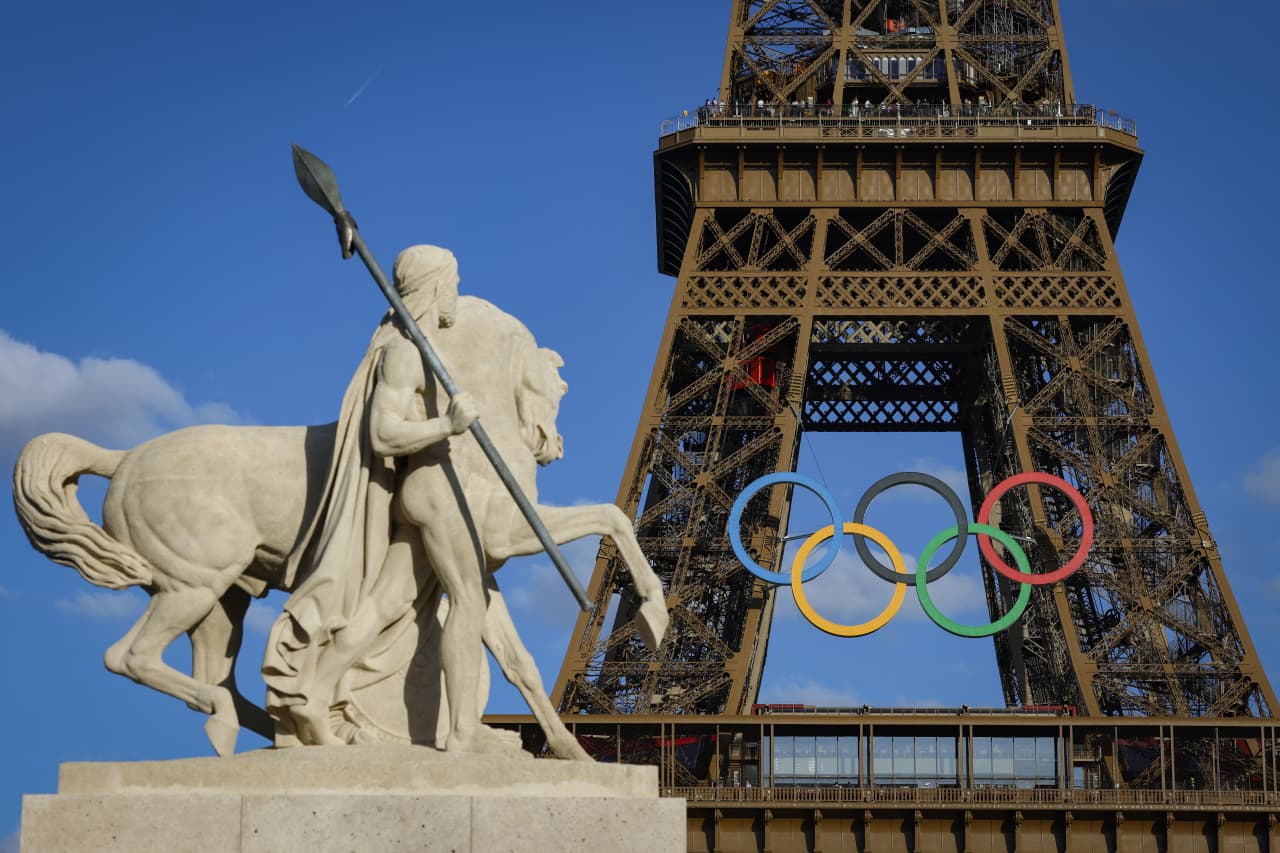
AFP via Getty Images
Parisians—Barré included—feel that the city, by over-catering to its tourists, is driving out many residents.
Parts of the Seine—usually one of the most popular summertime hangout spots —have been closed off for weeks as the city installs bleachers and Olympics signage. In certain neighbourhoods, residents will need to scan a QR code with police to access their own apartments. And from the Olympics to Sept. 8, Paris is nearly doubling the price of transit tickets from €2.15 to €4 per ride.
The city’s clear willingness to capitalise on its tourists has motivated some residents to do the same. In March, the number of active Airbnb listings in Paris reached an all-time high as hosts rushed to list their apartments. Listings grew 40% from the same time last year, according to the company.
With their regular clients taking off, Parisian restaurants and merchants are complaining that business is down.
“Are there any Parisians left in Paris?” Alaine Fontaine, president of the restaurant industry association, told the radio station Franceinfo on Sunday. “For the last three weeks, there haven’t been any here.”
Still, for all the talk of those leaving, there are plenty who have decided to stick around.
Jay Swanson, an American expat and YouTuber, can’t imagine leaving during the Olympics—he secured his tickets to see ping pong and volleyball last year. He’s also less concerned about the crowds and road closures than others, having just put together a series of videos explaining how to navigate Paris during the games.
“It’s been 100 years since the Games came to Paris; when else will we get a chance to host the world like this?” Swanson says. “So many Parisians are leaving and tourism is down, so not only will it be quiet but the only people left will be here for a party.”










